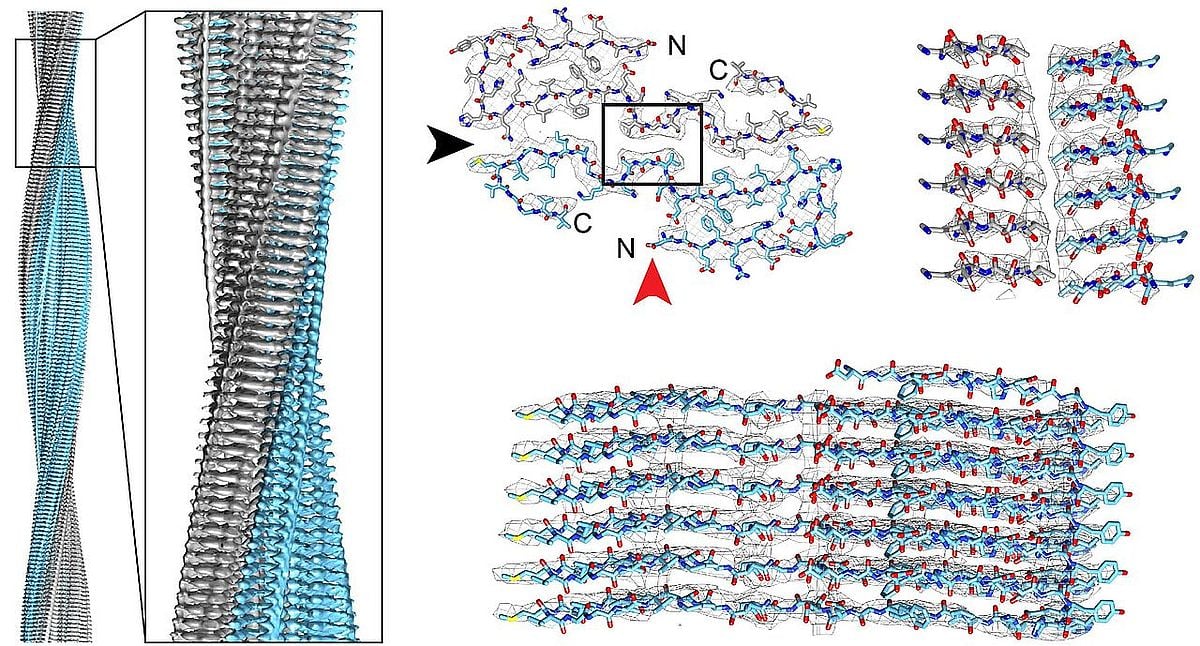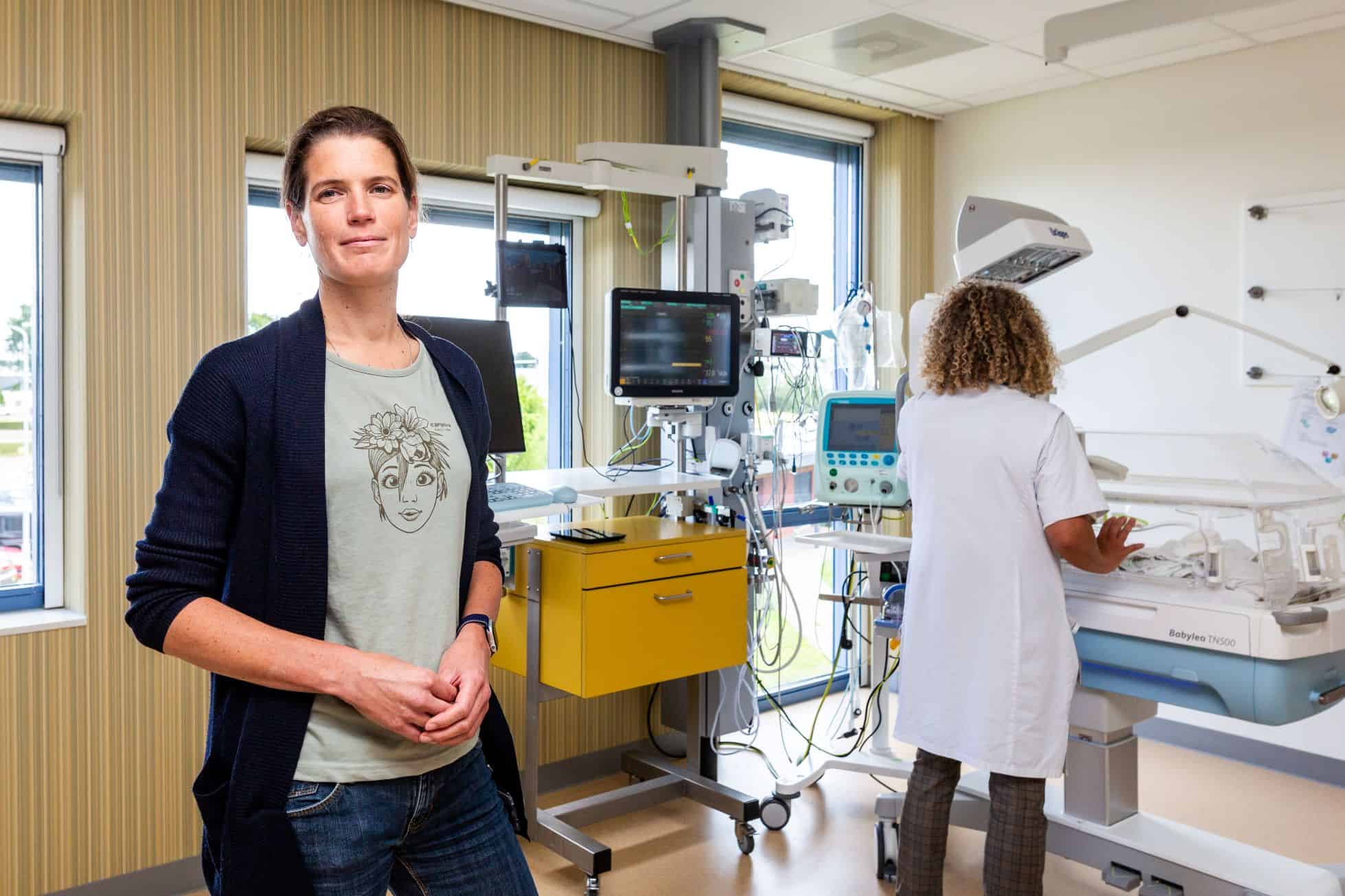
Scientists have come one step closer to answering the question of what causes Alzheimer’s disease. Apparently, this involves changes in protein structures in the brain. Researchers at the University of Ulm have succeeded for the first time ever in isolating and studying these protein fibres (beta amyloid fibrils) from the brain tissue of Alzheimer’s patients. Nevertheless, much more research is required.
Nerve cells in the brain and the connections between these cells gradually die off in people suffering from Alzheimer’s disease. Worldwide, nearly 47 million people are affected by this most prevalent form of dementia. The cause of this disease is still a mystery to researchers. Until now, scientists have suspected that protein fibers (so-called neurofibrillary tangles) cause the disease, as the brain is incapable of breaking these down properly. These deposits are invariably found in the brains of Alzheimer’s patients.
The Alzheimer researchers see two proteins, namely tau and beta-amyloid, as being particularly pathogenic (as in organic pathogens). These proteins accumulate in fiber clumps in the brain that have formed from molecular chains known as fibrils. As yet, it has not been clarified as to why the body’s own proteins develop abnormally and subsequently lead to changes in the brain.
Major differences compared to artificial research material
The researchers found that the fibers differ significantly from the synthetically produced fibers used in the study. The individual peptides making up the fibrils differed from those that were artificially produced in a test tube.
Secondly, the structures twist in a completely different way than synthetic fibrils do. “This is a fundamentally different characteristic that we did not expect,” says Professor Marcus Fändrich, head of the Institute of Protein Biochemistry at the University of Ulm. During their study, the researchers examined tissue samples from three patients. They found the same structures in all three patients.

Scientists from Ulm, Tübingen, Halle an der Saale and San Diego did more than four years of intensive scientific research before they were able to arrive at this conclusion. The main challenge was removing the beta-amyloid fibrils from tissue samples and purifying them in several steps. What’s more, the fibrils under the cryo-electron microscope revealed many distinct subtypes, which made analysis even more difficult.
You can find more articles on Alzheimer’s here.
One step closer
The researchers explain that these findings may have brought them one step closer to unravelling the causes of Alzheimer’s disease. Much more is now known about the structures that beta-amyloid forms in the brain and which may consequently cause the disease. “Scientists in the laboratory now have to find the conditions that lead to the formation of these structures,” Fändrich emphasizes. Further research needs to be carried out on the basis of these beta-amyloid structures. It still remains to be seen whether the findings concerning the beta-amyloid structure could be used for the development of pharmaceutically active substances.”
The study was recently published in the Nature Communications journal.
Title photo: Lateral view of an aß-amyloid fibril (left), cross-section of a fibrillar surface (top middle). The entire fibril is made up of several stacked layers (bottom right); © Kollmer et al., Nature Communications








